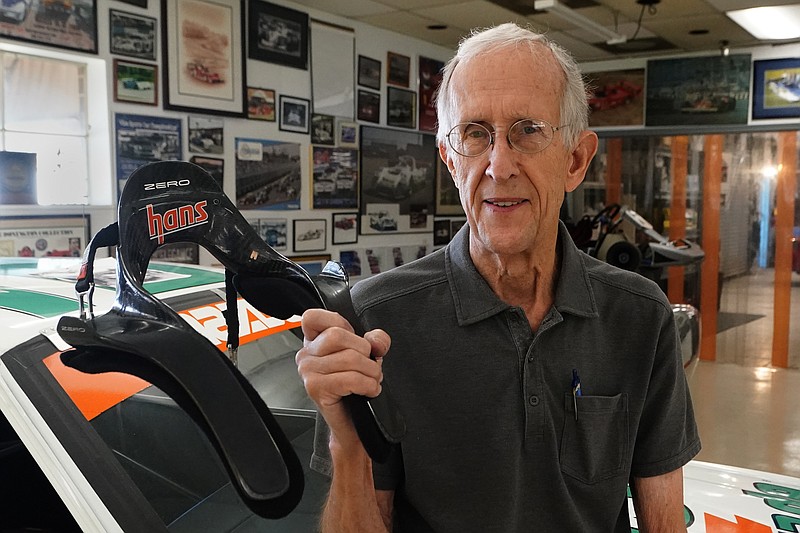If it disconcerts you to see Clemson quarterback D.J. Uiagalelei pitching Dr Pepper on the first big college football weekend, well, it's better than the old surreptitious cash handshake.
An important shift has happened: Players aren't getting bought; they're asking you to buy. And doesn't that feel better for everyone?
Change is not invariably bad, and the legal change that allows college athletes to profit from their own name, image and likeness (NIL) will not crumble stadiums. Despite the NCAA's scarifying prediction that it would lead to the immediate death of autumn, the season is coming on.
The NIL market is in its early days, but it's safe to say almost nothing has gone as the naysayers threatened. Despite all the vertigo over NCAA rule book upheavals, the money is not changing college sports for the worse. Rather, there are some positive signs, a couple of them even wondrous. Such as this one: BYU's walk-ons got their entire yearly tuition paid for by a Utah protein bar company.
The doomsday scenario preached by shortsighted NCAA officials was that NIL would be ruinous. It would disillusion a public in love with "amateurism," poison team chemistry, tank smaller schools and leave obscure athletes and minor sports unfunded while a handful of NFL-bound stars in power conferences commandeered megadeals. The exact opposite has happened. Brands are showing strong attraction to all kinds of inspirational kids you never heard of, in all kinds of surprising and pleasant places.
A Jackson State defensive lineman named Antwan Owens will get some financial support from a hair care company. Arkansas wide receiver Trey Knox and his beloved husky, Blue, popular on social media, have a deal with PetSmart. The deodorant company Degree has signed 14 athletes with inspiring backstories, many of whom you have never heard of, for a "#BreakingLimits" campaign. And Marshall offensive lineman Will Ulmer is getting paid to play his guitar onstage.
The demise of the NCAA's mean-spirited, clench-fisted "amateurism" has removed a false note. The money was always there. It was just dark and dirtied, under the table, restricted or concentrated unfairly in the wrong hands. Small market schools are discovering they have new leverage, thanks to local businesses that want associations with relatable athletes who may not be future NFL stars but who have strong community or social media appeal.
"It's more of an authentic universe they're living in," said Adam Holt, senior vice president of FanAI, a platform that helps brands assess the impact of their sports sponsorships. "And that resonates."
Leverage is shifting, and as it does, it's getting clearer all the time how fallacious the NCAA's arguments were, conjured by unimaginative men in loafers to keep themselves rich and kids poor. For one thing, NIL may well give role players an unforeseen but huge earning power, observes marketing analyst Tony Pace, a former chief brand officer for Subway and now president of the Marketing Accountability Standards Board.
"Where social media is democratizing is that you can have an offensive lineman or a safety or a special teams ace, or what if you're the 12th man at Texas A&M who's not necessarily the star player but is somebody who will get a heck of a lot of attention," Pace said. "Who wouldn't want to work with them, right?"
Similarly, Pace predicts NIL will float so-called minor sports on a whole new and higher tide of promotion and sponsorship, judging by corporate interest in athletes such as Fresno State basketball players Haley and Hanna Cavinder and LSU gymnast Olivia Dunne, who is reported to have endorsements worth more than $1 million.
"The macro effect of lots more communication happening with college athletes is that people will pay more attention," Pace said. " ... People will say, 'Wow that's an interesting player.' There are people that burst on the scene. Those stories are why we love sports. Not only do you want to see the 'next' girl or guy, you want to see the surprising one."




